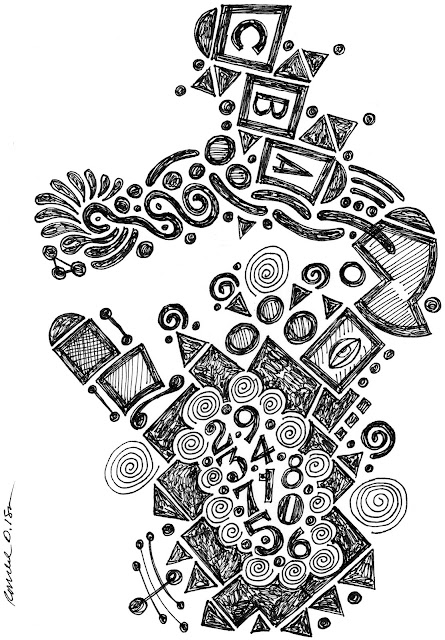"Things hidden in my head"
Copyright 2012 © Ronald D. Isom, Sr.
This blog is a division of the CODEX ISOM a complete guide to the collected works and writings of Ronald D. Isom, art educator and artist. A study of the heart, soul and mind. Creating esoteric connections to the universe. Without symbols our lives would be as spiritually impoverished as sleep without dreams.
Saturday, May 26, 2012
Friday, May 25, 2012
Thursday, May 24, 2012
Wednesday, May 23, 2012
Tuesday, May 22, 2012
Monday, May 21, 2012
Sunday, May 20, 2012
Saturday, May 19, 2012
Friday, May 18, 2012
Thursday, May 17, 2012
Wednesday, May 16, 2012
Tuesday, May 15, 2012
Monday, May 14, 2012
Sunday, May 13, 2012
Saturday, May 12, 2012
Friday, May 11, 2012
Thursday, May 10, 2012
Wednesday, May 9, 2012
Tuesday, May 8, 2012
Monday, May 7, 2012
Sunday, May 6, 2012
Saturday, May 5, 2012
Friday, May 4, 2012
Thursday, May 3, 2012
Wednesday, May 2, 2012
Tuesday, May 1, 2012
Monday, April 30, 2012
Sunday, April 29, 2012
Saturday, April 28, 2012
Friday, April 27, 2012
Thursday, April 26, 2012
Wednesday, April 25, 2012
Neurotic fear b...
Copyright 2012 © Ronald D. Isom, Sr.
Neurosis is the way of avoiding non-being by avoiding being.
Paul Tillich
Neurosis is the way of avoiding non-being by avoiding being.
Paul Tillich
Paul Tillich (1886-1965) was a German-born theologian who emigrated to the United States in 1933 after a serious conflict with Nazi authorities in his home country. His extraordinary intellectual accomplishments have made him one of the most important theological influences in the twentieth century
Tuesday, April 24, 2012
Monday, April 23, 2012
Sunday, April 22, 2012
Positive negative link - A...
Copyright 2012 © Ronald D. Isom, Sr.
Positive and Negative Link Baiting: The Risks and Rewards - Search Engine Watch (#SEW):"Good Link Bait - Is the kind of work that an author can take pride in because it represents the culmination of a long process or a substantial burst of inspiration. It should also be considered exceptional in its space and provide value to users. In order to be link bait it also has to get links.
Bad Link Bait - Is the type of content that is intentionally inflammatory, outlandish, insulting, off-base or just meant to rub people the wrong way. But to be classified as “link bait” it has to pick up links. Otherwise, it’s just making a fool of yourself in public."
Saturday, April 21, 2012
Friday, April 20, 2012
Thursday, April 19, 2012
Wednesday, April 18, 2012
Self-organizing behavior...
"many components tend to reach a particular state"
Copyright 2012 © Ronald D. Isom, Sr.
Tuesday, April 17, 2012
Monday, April 16, 2012
Sunday, April 15, 2012
Saturday, April 14, 2012
Friday, April 13, 2012
Thursday, April 12, 2012
Wednesday, April 11, 2012
Tuesday, April 10, 2012
Monday, April 9, 2012
Sunday, April 8, 2012
Saturday, April 7, 2012
Subscribe to:
Posts (Atom)

















































